This site uses cookies. By continuing to browse the site you are agreeing to our use of cookies. Read our privacy policy

Zhang Ping'an, Huawei Executive Director, CEO of Huawei Cloud Computing Technologies

The intelligent era is coming fast. AI is being integrated further into industry applications to accelerate product time-to-market, transform scientific computing, and improve efficiency.
To seize opportunities in this new, intelligent era, enterprises must adopt an AI-native mindset. They should position AI technologies as core elements as they rethink and design their processes, IT architectures, and business innovations to fully unleash the potential of AI, boost efficiency, innovate business models, and solve complex problems.
First, we must actively embrace AI, open up industry scenarios, and develop enterprise AI platforms. This will enable AI to serve the core business of enterprises. Our practices have shown that the earlier we introduce AI, the faster we can benefit from it.
Second, AI computing power is critical. Enterprises need to build AI-native cloud infrastructure that matches their requirements.
Third, data quality determines the effectiveness of AI models. We need to build knowledge-centric data foundations so that data can serve AI better than just being used for business analysis.
Fourth, we need to build suitable AI models based on business applications. We must abandon the misconception that larger models are better. It is not feasible to address all needs with just one foundation model.
Building an AI-native cloud
Customers' demand for AI computing power is rapidly growing. By the end of this year, it is expected to surpass demand for general-purpose computing power.
The key to AI development is an infrastructure capable of providing optimal diversified computing power with elasticity and efficiency. This means that building an AI-native cloud infrastructure is crucial.
Earlier this year, I had the honor of announcing the official release of CloudMatrix, a cloud infrastructure architecture designed to meet exploding demand for computing capacity, high reliability, and high efficiency. CloudMatrix interconnects and pools all resources such as CPUs, NPUs, DPUs, storage, and memory. It marks an evolution from monolithic to matrix computing power. CloudMatrix comprises an AI-native cloud infrastructure in which everything can be pooled, peer-to-peer, and composed, providing robust AI computing power to meet customers' needs.

Building knowledge-centric data foundations
Currently, the data platforms of many enterprises are not suitable for foundation models. A large amount of data needs to be cleansed and knowledge needs to be extracted. In the intelligent era, enterprises need to build knowledge-centric data foundations that serve AI models.
To simplify data use and improve model training efficiency, Huawei Cloud has fully upgraded DataArts to provide customers with AI-oriented and knowledge-centric data foundations. The updated features include AI + data convergence engines, data development and governance, knowledge services, and AI + data application enablement services. The upgraded DataArts significantly improves resource utilization and data supply efficiency.
Building multimodal models of different sizes
The diversity of enterprise applications calls for the construction of multimodal models of different sizes. Only in this way can enterprises match applications and models and meet their requirements for cost-effective and professional foundation models.
In June this year, Huawei Cloud released Pangu Models 5.0, available in different sizes, with parameters in the billions, tens of billions, hundreds of billions, and trillions. The complete series of Pangu models, including NLP, CV, multimodal, prediction, and scientific computing models, meet practically all business application needs.
Huawei and the municipal government of Shenzhen jointly established the Embodied AI Industry Innovation Center. Through cloud-device intelligence synergies, embodied AI greatly reduces the complexity of design on the device side and improves the generalization and task execution of embodied AI in industrial applications. Through device-cloud intelligence synergies, the Innovation Center has improved the operation precision of robotic arms from millimeters to hundreds of micrometers, achieving a 99.99% success rate for dynamic insertion of rigid parts.
In addition, Huawei Cloud's Pangu Models 5.0 enhances spatial-temporal controllable generation in the field of multimodal generation. For example, in autonomous driving, Pangu Models 5.0 can generate not only videos of normal driving scenarios, but also videos reflecting random road conditions, as well as accidental and aggressive driving. This greatly reduces the dependency of autonomous driving training on massive road data collection.
The intelligent world is approaching fast. We need to think AI-native. Enterprises must actively embrace AI, make high-value enterprise applications available, and set in motion the flywheel of AI models, computing power, and data to drive business forward and unleash the boundless potential of innovation.



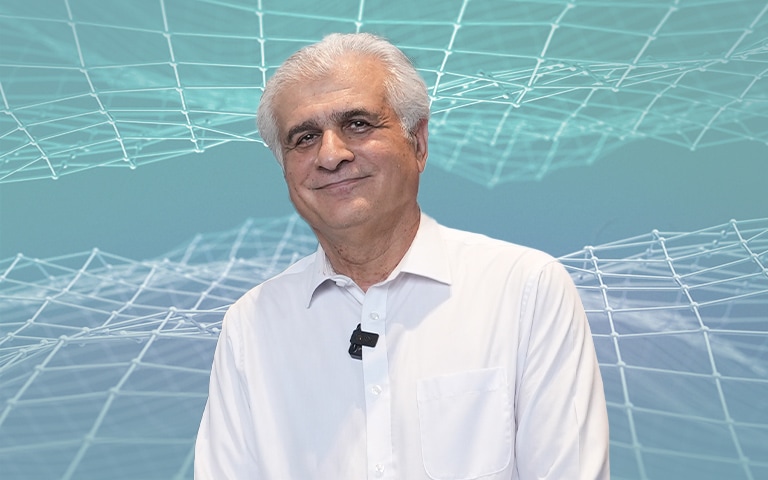
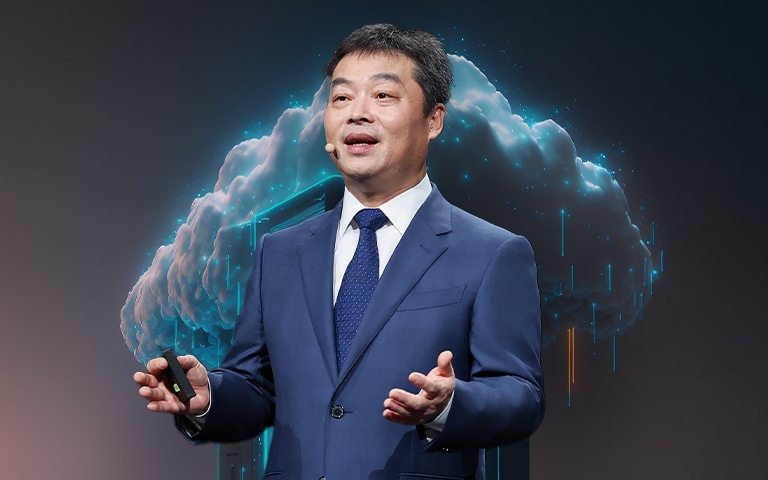





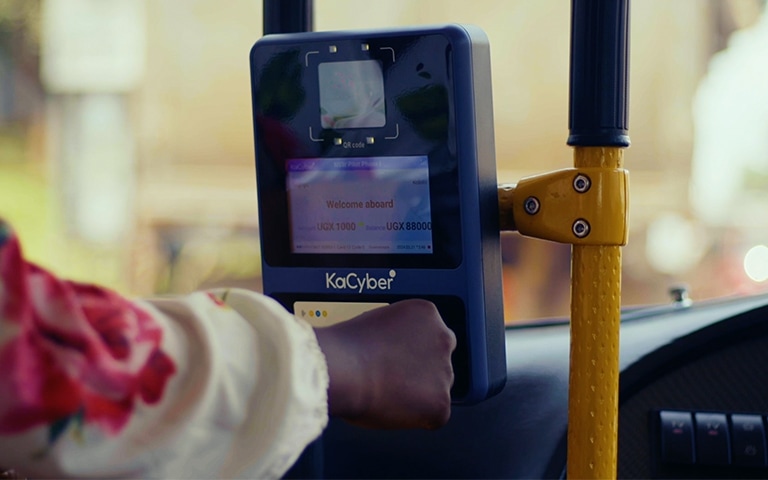
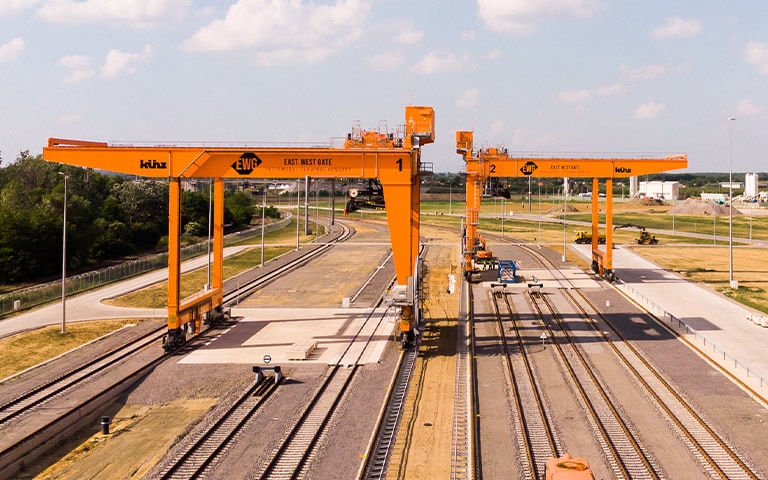


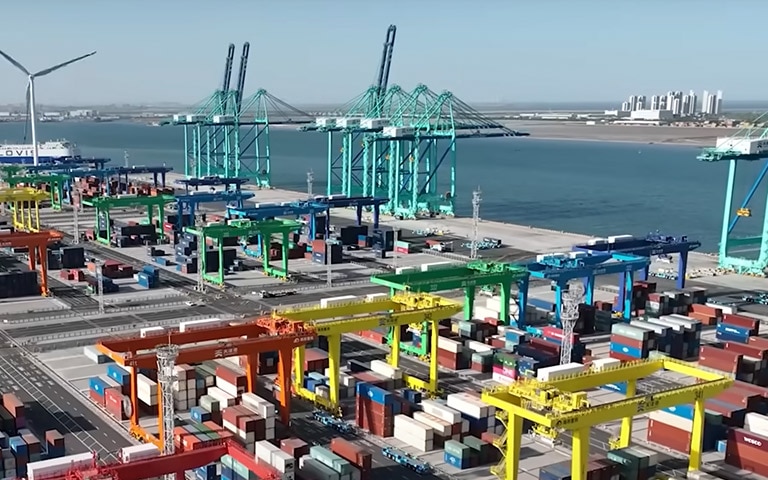



Contact us! transform@huawei.com
